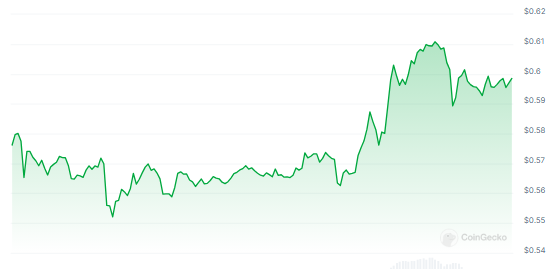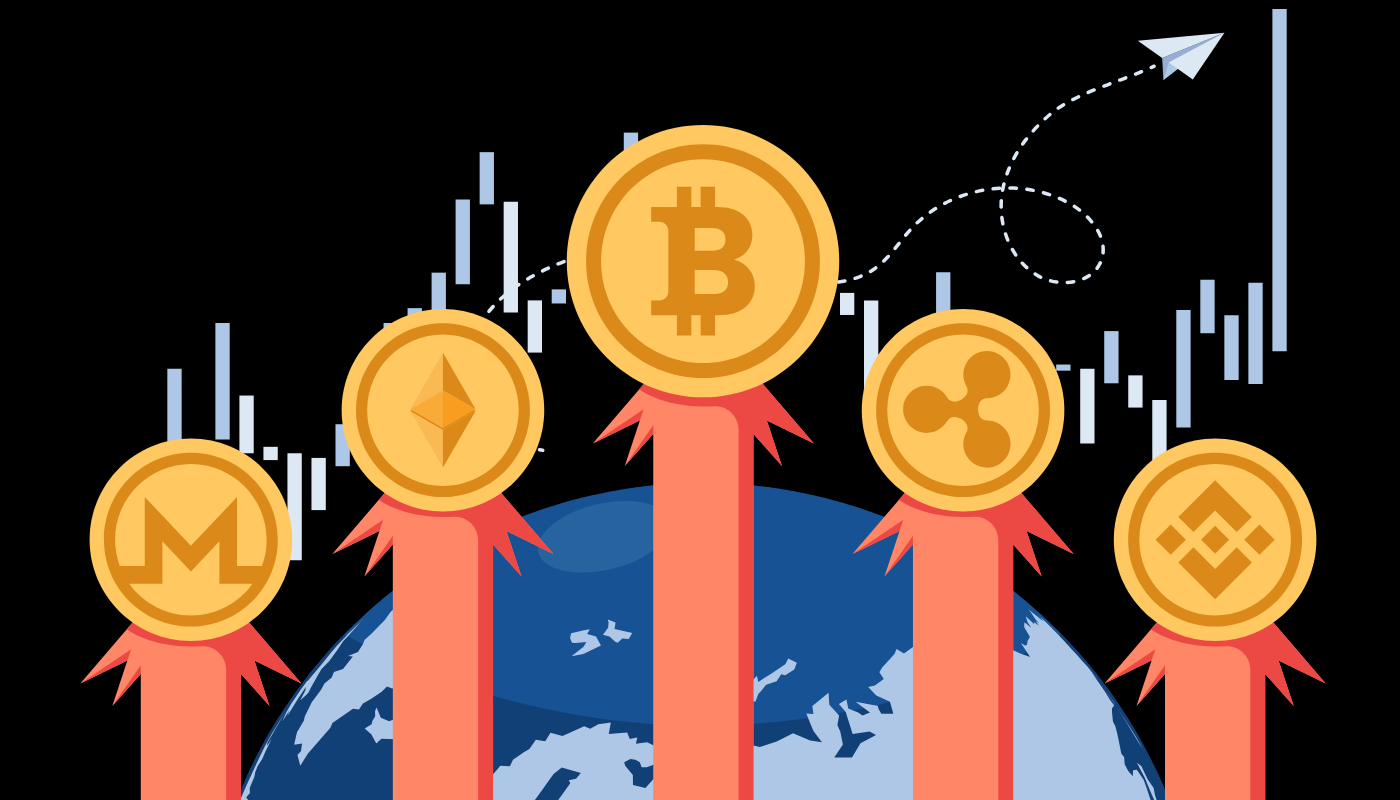ARTICLE AD
Ripple has been making great strides in expanding the utility of its digital asset, XRP, worldwide. A new report by Tokenicer shows that institutions are now deploying XRP on all seven continents.
This puts to rest the debate on the robustness, versatility, and possibility with Ripple, especially on-going lawsuits in the courts of the United States. Yet to clarify regulations, the partnerships of Ripple have done pretty well outside the US, which is evident from the growing acceptance of the technology.
XRP: Global Partnerships By Ripple
The research highlights various partnerships that have emerged in regions like South America and Europe. For example, the Bank of Colombia has tested its Central Bank Digital Currency, CBDC, on Ripple’s platform, a commitment toward upgrading the modes of financial transactions.
Since Ripple’s partial win from the SEC last year, we’ve seen incredible momentum.
While the US is still slowly dragging their feet..
This hasn’t stopped Ripple from expanding out further across the globe though.
Today we’ll look at how Ripple $XRP & XRPL is being mass… pic.twitter.com/qXCWSkZyDP
— 🥖Tokenicer✲⥃⬢ (@Tokenicer) August 17, 2024
In Brazil, Ripple is working with the National Federation of Associations of Central Bank Servers in the quest to improve payment systems and treasury management.
In Europe, Ripple partnered with Clear Junction to facilitate cross-border payments from the EU to the UK. This is important because it operates under the supervision of the Financial Conduct Authority, thereby making Ripple a compliant partner in this key market. The Central Bank of Montenegro is testing Ripple’s CBDC platform, further solidifying its position in Europe.
Strong Presence In Asia And The Middle East
Most of the Ripple attention has been placed in Asia, especially with its long-term partnership with SBI Holdings. Such a partnership would open up the use of XRP for cross-border remittances to the Philippines, Vietnam, and Indonesia as these markets grow to become among the biggest receivers of remittances across the world.
Moreover, Ripple was able to secure a Major Payments Institution license from the Monetary Authority of Singapore, which would further help in scaling its services across the region.
 XRP up in the last seven days. Source: Coingecko
XRP up in the last seven days. Source: Coingecko
Ripple’s major gains are being made in the Middle East, with a greater concentration on Dubai. The partnership with the Dubai International Financial Centre paved the way for blockchain adoption in the UAE. It was also creating alliances with the major banks of Egypt to allow blockchain-based payments and experiment with NFTs.
Targeting Africa And Oceania
Another key region that Ripple is focused on, especially in terms of strengthening pan-African payment systems, is Africa. Its collaboration with Onafriq attempts at improving capabilities for remittances both within and off the continent. This becomes very important in a region where the greater proportion of its people remains unserved by traditional banking services.
It has made remarkable progress in Oceania, especially in the Republic of Palau. This will act as a test case for a stablecoin pegged to the US dollar on Ripple’s CBDC platform. On its part, Novatti is launching a fiat-backed AUD stablecoin on the XRP Ledger, further beefing up Ripple’s presence in Australia.
A study by Tokenicer indicates that worldwide interest in XRP has begun surging. In sharp contrast, while Ripple’s global expansion campaign—despite the US regulatory challenges—is indicative of the highest possible potential of the cryptocurrency to revolutionize cross-border transactions, the continuous adoption by institutions will make the demand for XRP surge, possibly securing its status in the global financial system.
Featured image from DALL-E, chart from TradingView

 3 months ago
21
3 months ago
21 

